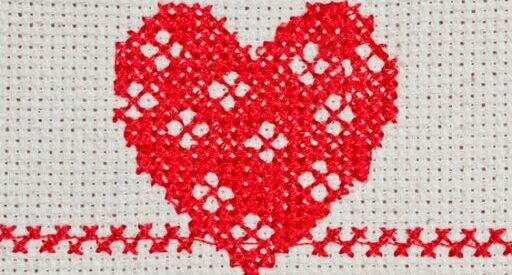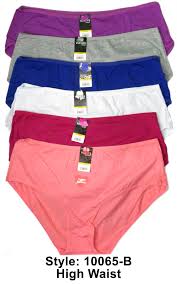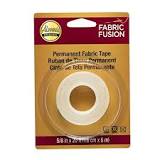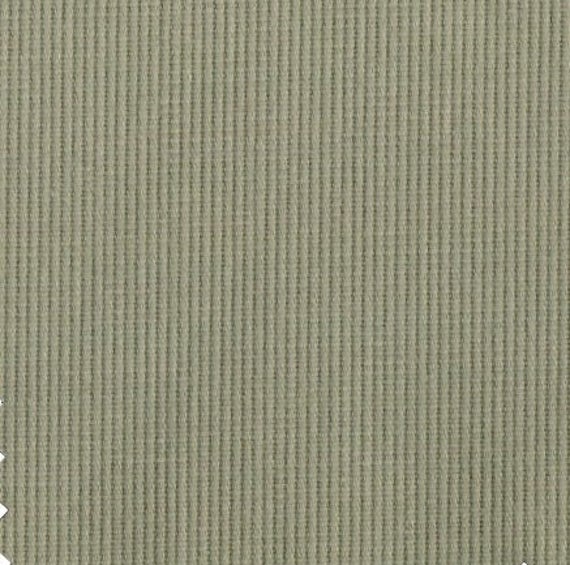Ottoman Fabric: History, Properties, Uses, Care, Where to Buy
Table of Contents
Introduction to Ottoman Fabric
Ottoman fabrics are a popular material to be used for upholstery applications. A particular weaving method gives the fabric its ridged appearance and texture.
The fabric can be composed of cotton as well as silk fibers. The elegant textile is a hefty fabric first made in Turkey and characterized by plain crosswise ribs.
What is the History of Ottoman Fabric?
As early as the fourteenth century, Bursa was host to the Ottoman velvet and metal-ground silk industries, which created most of the Ottoman luxury velvets and silks. Patterns such as lampas, which combine twill and satin patterns with two warps and two or more matching wefts, were the chosen designs at that time.
By the fifteenth century, Ottoman weaving facilities had become firmly established in Bursa. These workshops produced a large percentage of the Ottoman luxury velvets and silks, both for internal and international markets.
The fabric particularly came to light during the reign of Suleyman I or Suleyman “The Magnificent.” During this era, stylized floral motifs became popular and aided the development of the Ottoman style.
However, Istanbul’s loss of central authority in the 17th century led to a reduction in the number of royal enterprises and commissions.
Ottomans that were once exclusively made for the court and safeguarded by sumptuary restrictions now became available for purchase by anybody with the financial means. Hence, the fabric that was considered a luxury became available to all.
Properties of Ottoman Fabric
- It has a ribbed structure
- It is slightly stretchable
- The fabric is durable and thick
- It is lightweight
How is Ottoman Fabric Made?
You can either weave the material or make it out of cotton or silk cloth. The fabric can also be composed of synthetic fibers like rayon or polyester.
The fabric usually has a plain crosswise rib structure. The width of the ridges is variable. This woven Ottoman fabric has a particularly rigid drape and a thick ribbed construction.
It tends to slide at the edges like other corded textiles, where the weft and the warp are irregularly matched in length to produce a stiffened impression. However, the weaving technique is essential for forming the cloth and its robustness.
Where is Ottoman Fabric Made?
Most of the Ottoman fabric is produced in Turkey, where the fabric originated. Apart from the country of origin, the fabric is also produced by Asian countries, including China. China is the market leader in textiles in the world, and most raw goods are sent there to be made into finished products.
Common uses of Ottoman Fabric
Ottoman fabric is used for various garments along with different products.
Daily wear
Ottoman fabric is used in women’s apparel to make evening dresses, gowns, and legal dresses. Men’s wear is used to make formal coats and formal attire. Silk ottoman is also used for heavy-duty outwear.
Home décor
It can be used as a decorative accessory in your dining room. Other uses include using it as a footstool, coffee table, sofa bed, and table. Decor, chairs, scarves, coats, and other pieces of apparel and ceremonial garb all incorporate Ottoman design elements.
Spa and washrooms
The tiles in restrooms, spas, and other wellness centers commonly feature Ottoman design elements. When it comes to the primary hues, you’re likely to see aqua, aquamarine, and sky blue shades.
Sewing with Ottoman fabric
Ottoman fabric is a versatile fabric that needs to be sewed with care. The stretchable fabric can be easily cut using a rotary cutter and sewed. One should use the correct sewing accessories and sewing notions and supplies for a perfect result.
When sewing patterns and designs on the fabric, ensure your seams are well-trimmed. The sewing threads used can be All-purpose or cotton, depending on the composition of the fabric. You should use the best sewing machines available like the Brother SE600 for the best results.
Keeping these little tips and tricks in mind, you can easily sew your Ottoman fabric according to your taste and preference.
Dyeing with Ottoman fabric
Even though dyeing Ottoman fabrics may seem unheard of, it can be done. Designers and customers with unique tastes and preferences can benefit from the process.
The fabric can be dyed depending on its composition of the fabric. If made using cotton, silk, or synthetic fibers, the Rit All-Purpose Liquid Dye can be used as the best fabric dye available.
How to care for Ottoman Fabric?
Ottoman fabrics aren’t so hard to care for and can easily be washed and ironed without a hassle.
Washing
- When it comes to cleaning ottomans, nothing beats a good old-fashioned hand wash.
- Two capfuls of Delicate Wash or a spritz in cool water will suffice.
- To ensure that the soap is dispersed uniformly throughout the water, place the object in the water and swirl the water with your hands in light and slow motion.
- Up to 20-30 minutes can be spent soaking the fabric in the tub of water.
- If you want to machine wash, set the machine to a delicate cycle and the spin to low.
- You can add gentle fabric softeners if you want to the textile.
- The fabric can be dried by air-drying it on a flat exterior.
Ironing
- Using a shark steam iron, press the fabric on the wrong side.
- Use a low heat setting and a press cloth.
- Use pins to ensure the fabric stays in place.
Where to buy Ottoman Fabric?
Ottoman fabric can be acquired from fabric and garment retailers. Clients can also acquire Ottoman fabric from online retailers and websites like https://amzn.to/4b6kxLB and Amazon, which have the best Ottoman fabric available, like the unique Sunbrella Dimensions or the colorful ArtCo Novelty Home Décor.
It can be sold in several ways depending on the seller;
- By yard
- By Inches
- Can be cut to order
Conclusion
The Ottoman fabric has been around since the early 1500s and has played a vital role in being used for various accessories and products worldwide.
Sources






